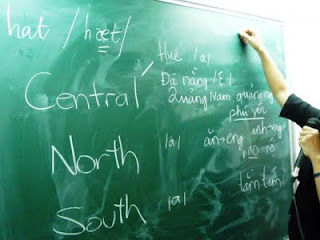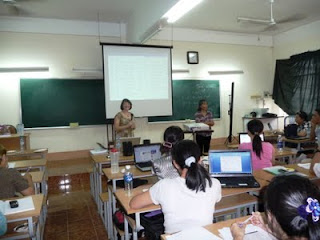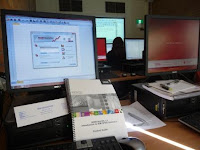CRN (Collaborative Research Network) Success!
News from the Charles Sturt University (CSU) Faculty of Education Research Bulletin
The University received the excellent news last week that its submission to the Department of Innovation, Industry, Science and Research (DIISR) for funding to establish an Early Years Education Collaborative Research Network (CRN) scheme was successful. The funding is for a total of $5.4m, for 3 years from mid 2011-mid 2014. CSU’s partners in the CRN are QUT (Queensland University of Technology) and Monash University…
As you can see from the project summary from the funding proposal, the CRN has ambitious aims:
Early childhood is a critical period in human development. Early Years Education (EYE) has life-long impacts on wellbeing, learning and socioeconomic outcomes. A Collaborative Research Network between Charles Sturt University (CSU), Queensland University of Technology (QUT) and Monash University (MU) would create one of the largest networks of research-productive EYE academics in the world. Structured collaboration would deliver world-class research capacity and enable the development of the next generation of international level researchers. The CRN will make possible landmark research on critical areas of childhood learning, establishing a cumulative base of knowledge to drive Australian and international policy and programs.
Achieving these aims will require sustained commitment from all involved! CSU’s leadership team consists of Prof Jennifer Sumsion (network co-leader) and Prof Sue Docket, Prof Bob Perry, and A/Prof Linda Harrison as respective co-leaders of the three research programs that will drive the CRN. In total, approximately 20 early childhood / early years academics and 10 doctoral students from the Faculty will be devoting their research energies to the CRN for the next 3 years.
The feedback from DIISR concerning CSU’s proposal was very positive: “The CRN assessment panel noted that the University’s proposed project was a good exemplar, with strong support from partners. The proposal presented a convincing case for practice-based research that could be applied as an example of research capacity building across the university. The proposal was well-focused in the field of early childhood education, which is an area of importance, nationally and regionally. The panel found that the proposal presented a convincing case in terms of its connectivity with the university's research plan and broader strategic priorities”...



































